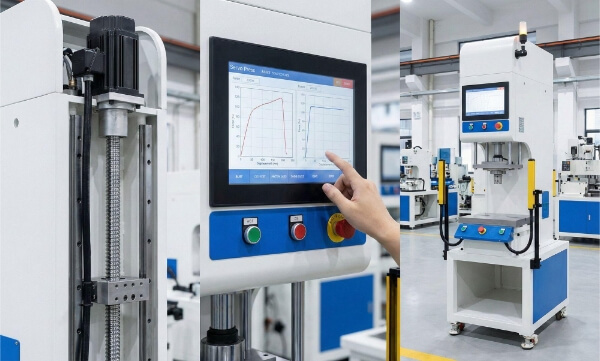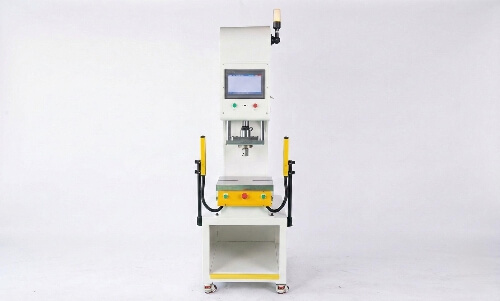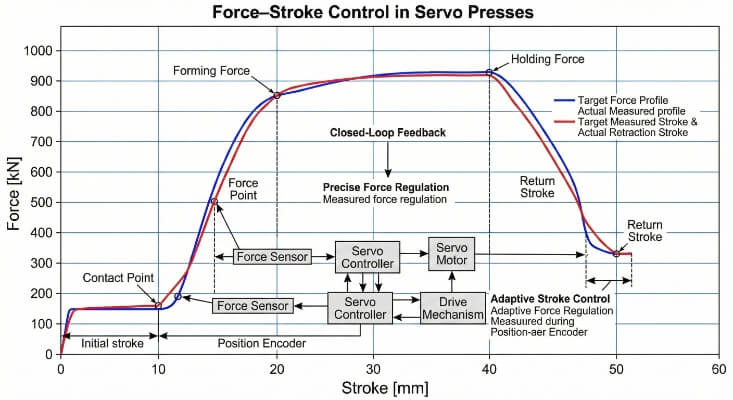La produzione di pezzi di precisione presenta sfide costanti. Gli ingegneri lottano per ottenere tolleranze ultra-fini mantenendo l'efficienza dei costi. I metodi di lavorazione tradizionali devono spesso recuperare terreno quando si tratta di elementi in microscala e geometrie complesse. La microfresatura risolve questi problemi consentendo la creazione di componenti intricati con una precisione eccezionale a livello di microscala.
Le capacità di questa tecnologia vanno ben oltre i metodi di lavorazione convenzionali. Scopriamo come la microfresatura può rivoluzionare i vostri processi produttivi e darvi un vantaggio competitivo.
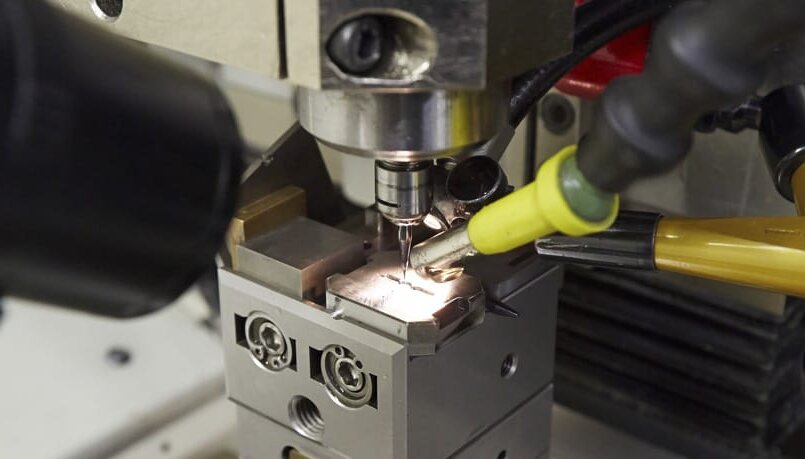
Che cos'è la microfresatura?
La microfresatura è un metodo di lavorazione che crea elementi in miniatura con una precisione eccezionale. Questa tecnica utilizza utensili da taglio misurati in micron per rimuovere con precisione il materiale. Questi utensili ruotano a velocità pari o superiori a 150.000 giri/min. Il processo crea elementi minuscoli con tolleranze misurate in micron.
La differenza fondamentale tra microfresatura e fresatura convenzionale è la scala e la precisione. Mentre la fresatura standard funziona bene per i pezzi più grandi, la microfresatura brilla quando si realizzano componenti che richiedono dettagli estremi. Gli utensili, le velocità e i sistemi di controllo funzionano in modo molto più raffinato.
Ogni taglio rimuove minuscole quantità di materiale con un controllo preciso. I moderni sistemi CNC dirigono questi movimenti precisi attraverso un software avanzato e il controllo del movimento. Il risultato sono finiture superficiali lisce e dettagli nitidi che soddisfano i più severi standard di qualità.
La scienza della microfresatura
La fisica del taglio su microscala è diversa dalla lavorazione convenzionale. Le proprietà dei materiali, la dinamica degli utensili e la precisione della macchina interagiscono in modo complesso a questo livello.
Microfrese: Una panoramica tecnica
Le moderne microfresatrici racchiudono una precisione incredibile in un pacchetto compatto. Questi sistemi fondono concetti di lavorazione tradizionali con sistemi di controllo del movimento e di monitoraggio all'avanguardia, estendendo le loro capacità ben oltre le apparecchiature di fresatura convenzionali.
Componenti principali delle macchine per microfresatura
Il cuore di un sistema di microfresatura è costituito dal design del mandrino. I mandrini con cuscinetti d'aria riducono al minimo le vibrazioni pur raggiungendo velocità superiori a 150.000 giri/min. Gli encoder ad alta risoluzione tracciano la posizione fino a livelli nanometrici. Le basi in granito assorbono le vibrazioni e mantengono la stabilità termica.
Caratteristiche principali che consentono la micro-precisione
I sistemi di stabilità termica mantengono costanti le temperature durante l'intera operazione. Le basi in granito assorbono le vibrazioni, mentre sistemi di feedback avanzati monitorano ogni aspetto del processo di taglio. Le regolazioni in tempo reale avvengono automaticamente, garantendo risultati costanti.
Strumenti e materiali per la microfresatura
Il successo nella microfresatura dipende dalla scelta degli strumenti e dei materiali adeguati. Ogni applicazione richiede combinazioni specifiche per ottenere risultati ottimali.
Utensili da taglio specializzati
- Frese in metallo duro (diametro 0,1 mm - 1 mm)
- Utensili con rivestimento diamantato per materiali duri
- Geometrie personalizzate per caratteristiche specifiche
- Utensili a punta sferica per superfici 3D
- Rivestimenti speciali per la resistenza all'usura
Materiali adatti alle applicazioni di microfresatura
I materiali comuni includono:
- Leghe di alluminio
- Titanio di grado medicale
- Materie plastiche per l'ingegneria
- Ottone e rame
- Acciai per utensili
Tecniche e Metodologie
La padronanza della microfresatura richiede una profonda conoscenza tecnica unita all'esperienza pratica. Il processo richiede un'attenta considerazione di molteplici variabili.
Parametri di processo chiave nella microfresatura
Il calcolo della velocità di taglio deve tenere conto del diametro dell'utensile e delle proprietà del materiale. Per garantire la stabilità, la profondità di taglio deve essere proporzionale alle dimensioni dell'utensile.
Strategie avanzate per risultati ottimali
La pianificazione del percorso utensile riduce al minimo la deviazione dell'utensile e mantiene costante il carico del truciolo. Le strategie di lavorazione ad alta velocità riducono le forze di taglio. La selezione del refrigerante e i metodi di erogazione proteggono sia l'utensile che il pezzo.
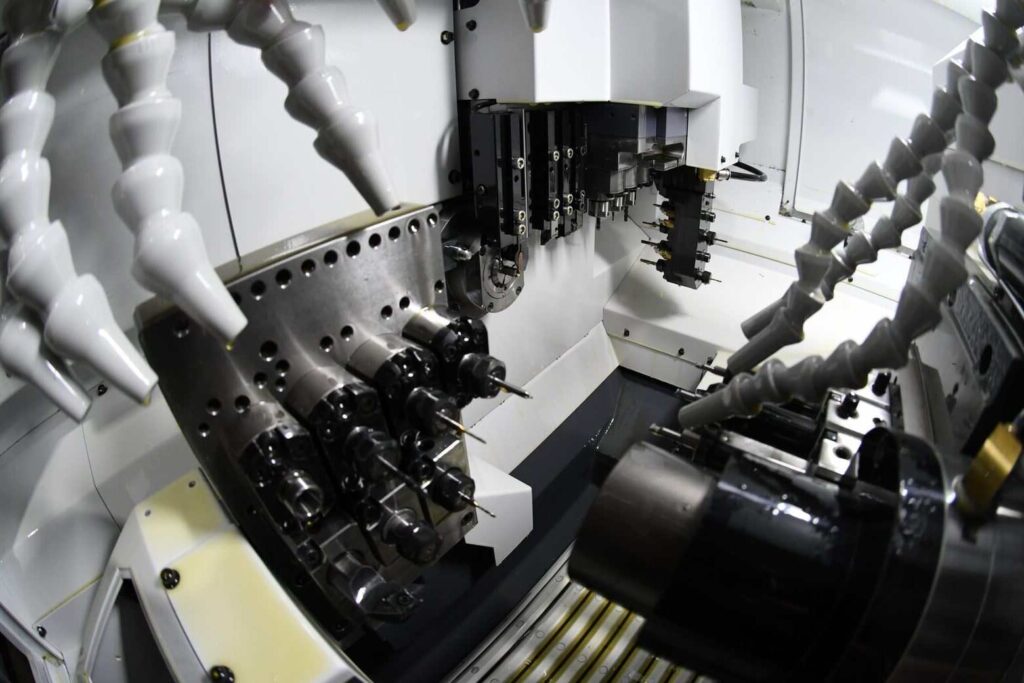
Quali sono le principali differenze tra microfresatura e nanofresatura?
Le dimensioni e la precisione definiscono il confine tra le operazioni di micro e nano fresatura. Ciascun processo risponde a esigenze produttive diverse e opera su scale differenti. La comprensione di queste differenze aiuta a scegliere il metodo giusto per applicazioni specifiche.
La microfresatura opera nella gamma dei micrometri, in genere lavorando con elementi da 1 a 999 micrometri. Il processo utilizza strumenti di taglio fisico per rimuovere il materiale. Le tolleranze standard raggiungono ±2-5 micrometri con rugosità della superficie valori intorno a 0,1-0,3 micrometri.
La nanofresatura si spinge ancora più in basso, trattando caratteristiche inferiori a 100 nanometri. Questo processo impiega spesso principi fisici diversi. Invece del taglio convenzionale, la nanofresatura può utilizzare fasci di ioni focalizzati o metodi chimici. Le tolleranze si riducono a scale nanometriche.
L'impegno dell'utensile segna una differenza critica. La micromolatura utilizza utensili da taglio solidi che entrano fisicamente in contatto con il pezzo. La nanofresatura si affida spesso a metodi senza contatto, come fasci di particelle o reazioni chimiche, per ottenere la rimozione del materiale.
Le applicazioni differiscono notevolmente tra queste tecnologie. La micromolatura produce piccole parti meccaniche, stampi e dispositivi medici, mentre la nano-fresatura crea componenti per semiconduttori, dispositivi quantistici e materiali di ricerca avanzati.
Anche i requisiti delle attrezzature sono diversi. La microfresatura utilizza macchine CNC di precisione in ambienti puliti, mentre la nanofresatura richiede condizioni di camera bianca e attrezzature specializzate come microscopi elettronici o sistemi a fascio ionico.
Vantaggi della microfresatura
Questo metodo di produzione apporta potenti capacità alla produzione moderna. I suoi vantaggi sono evidenti se confrontati con altri processi di lavorazione.
Accuratezza e precisione migliorate
La microfresatura consente di ottenere un notevole controllo dimensionale durante la produzione dei pezzi. Le finiture superficiali raggiungono una qualità a specchio con valori Ra inferiori a 0,1 micrometri. Le dimensioni degli elementi corrispondono alle specifiche CAD entro i micron.
L'asportazione controllata del materiale produce angoli netti e bordi puliti. Gli spessori delle pareti rimangono costanti fino a 50 micrometri e le complesse geometrie 3D mantengono la precisione in tutta la loro forma.
Molti pezzi necessitano di una post-elaborazione minima. La lavorazione diretta crea superfici pronte all'uso, riducendo i tempi di movimentazione e mantenendo la precisione dimensionale.
Efficienza dei costi e dei tempi
La lavorazione diretta riduce le operazioni secondarie e i costi associati. La lavorazione in un unico impianto riduce significativamente i tempi di produzione. I sistemi automatizzati funzionano in modo continuo con un intervento minimo dell'operatore.
Attraverso una programmazione snella, prototipazione rapida diventa più veloce. Le modifiche alla progettazione si traducono rapidamente in parti aggiornate, accelerando i cicli di sviluppo del prodotto.
Versatilità tra i materiali
La microfresatura gestisce efficacemente metalli, plastiche, ceramiche e materiali compositi. Ogni tipo di materiale viene lavorato in modo prevedibile con parametri adeguati. Questa flessibilità supporta le diverse esigenze di produzione.
Il processo crea geometrie semplici e complesse con la stessa precisione. Gli elementi interni si formano senza operazioni o impostazioni speciali. Le molteplici finiture superficiali consentono di ottenere requisiti funzionali specifici.
Quanto è profonda la micromolatura?
Per la maggior parte delle applicazioni, la microfresatura raggiunge rapporti di aspetto compresi tra 3:1 e 5:1. Ciò significa che un utensile di 100 micron di diametro taglia tipicamente elementi profondi da 300 a 500 micron. Ciò significa che un utensile di 100 micron di diametro taglia in genere elementi profondi da 300 a 500 micron. Spingendosi oltre questi rapporti si rischia la rottura dell'utensile e problemi di qualità.
La flessione dell'utensile diventa critica all'aumentare della profondità. Gli utensili più piccoli si flettono maggiormente sotto le forze di taglio. Un utensile da 50 micron potrebbe limitare la profondità a 150 micron per un taglio stabile. I microutensili più grandi, intorno ai 500 micron, possono raggiungere profondità fino a 2,5 millimetri.
Applicazioni della microfresatura
La microfresatura svolge un ruolo fondamentale in tutti i settori produttivi avanzati. Questa tecnologia crea componenti che alimentano i moderni trattamenti medici, l'elettronica e i veicoli. Ogni settore spinge i limiti di ciò che la microfresatura può raggiungere. Ecco come i diversi settori traggono vantaggio da questa tecnologia.
La microfresatura nell'industria medica
La produzione medica richiede una precisione impeccabile per la sicurezza del paziente. I componenti microfresati sono utilizzati in strumenti chirurgici, impianti e apparecchiature diagnostiche. Questi componenti spesso interagiscono direttamente con i tessuti umani, richiedendo una qualità superficiale eccezionale.
Gli impianti dentali presentano capacità di microfresatura grazie a precisi schemi di filettatura. Le viti ossee presentano texture superficiali complesse che favoriscono la guarigione. I componenti degli apparecchi acustici dimostrano la capacità della tecnologia di lavorare con materiali biocompatibili.
Elettronica e microfresatura
L'elettronica moderna si basa su componenti sempre più compatti. Le parti microfresate servono per la produzione di circuiti stampati e per le apparecchiature di collaudo. Il processo crea alloggiamenti di precisione per componenti elettronici sensibili.
I dissipatori di calore beneficiano di modelli di superficie microfresati, che massimizzano l'efficienza di raffreddamento in spazi compatti. Gli stampi per connettori a passo fine richiedono tolleranze precise per il corretto funzionamento.
Applicazioni aerospaziali e automobilistiche
I componenti aerospaziali richiedono precisione e affidabilità. I componenti micrometrici sono presenti nei sistemi di iniezione del carburante e negli alloggiamenti dei sensori. Questi componenti devono funzionare perfettamente in condizioni estreme.
I sensori automobilistici contengono elementi microfresati per un posizionamento esatto e i componenti del sistema di alimentazione beneficiano di una finitura superficiale precisa. Il processo supporta sia lo sviluppo di prototipi che la produzione.
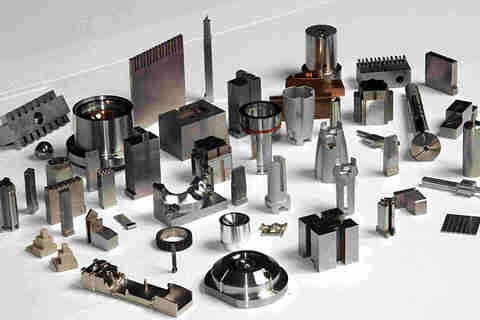
Conclusione
La microfresatura rivoluziona l'industria manifatturiera consentendo la produzione di componenti in microscala sempre più complessi. Questa tecnologia colma le lacune critiche tra i concetti di progettazione e la realtà fisica e il suo impatto cresce man mano che le industrie si spingono verso componenti più piccoli e precisi.
I team di produzione ottengono potenti vantaggi grazie alle capacità di microfresatura. Il processo offre una precisione ineguagliabile mantenendo l'efficienza produttiva, che si rivela preziosa nei settori medico, elettronico e aerospaziale.
Volete scoprire come la microfresatura può migliorare il vostro prossimo progetto? Il nostro team di ingegneri vanta 10 anni di esperienza nella produzione di precisione. Condividete con noi i requisiti del vostro progetto e il nostro team vi fornirà un preventivo dettagliato entro 24 ore. Vi guideremo attraverso le opportunità di ottimizzazione del progetto, tenendo sempre a mente le vostre esigenze specifiche.
Ciao, sono Kevin Lee

Negli ultimi 10 anni mi sono immerso in varie forme di lavorazione della lamiera, condividendo qui le mie esperienze in diverse officine.
Contattate

Kevin Lee
Ho oltre dieci anni di esperienza professionale nella fabbricazione di lamiere, con specializzazione nel taglio laser, nella piegatura, nella saldatura e nelle tecniche di trattamento delle superfici. In qualità di direttore tecnico di Shengen, mi impegno a risolvere sfide produttive complesse e a promuovere innovazione e qualità in ogni progetto.

